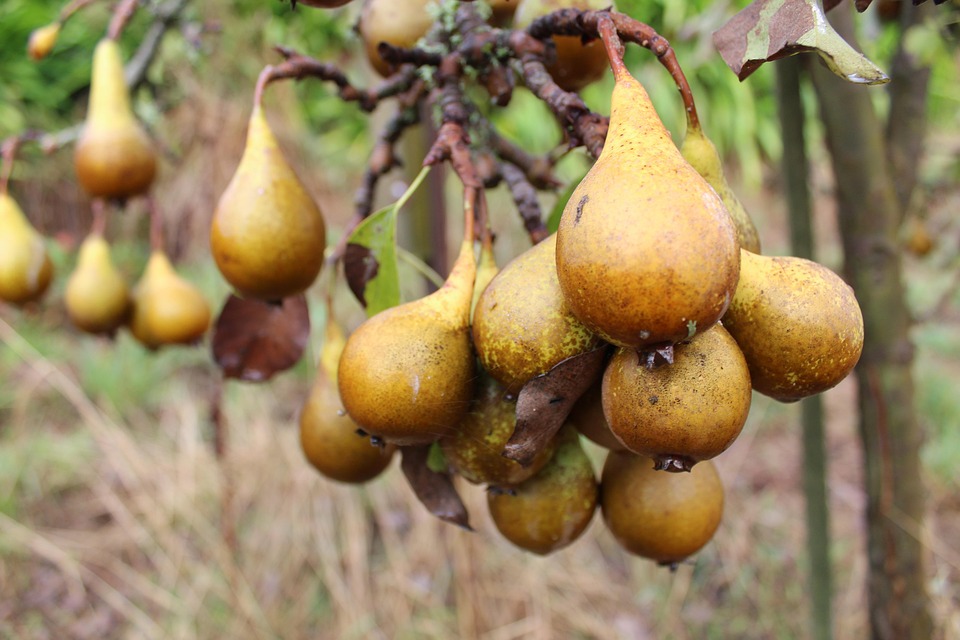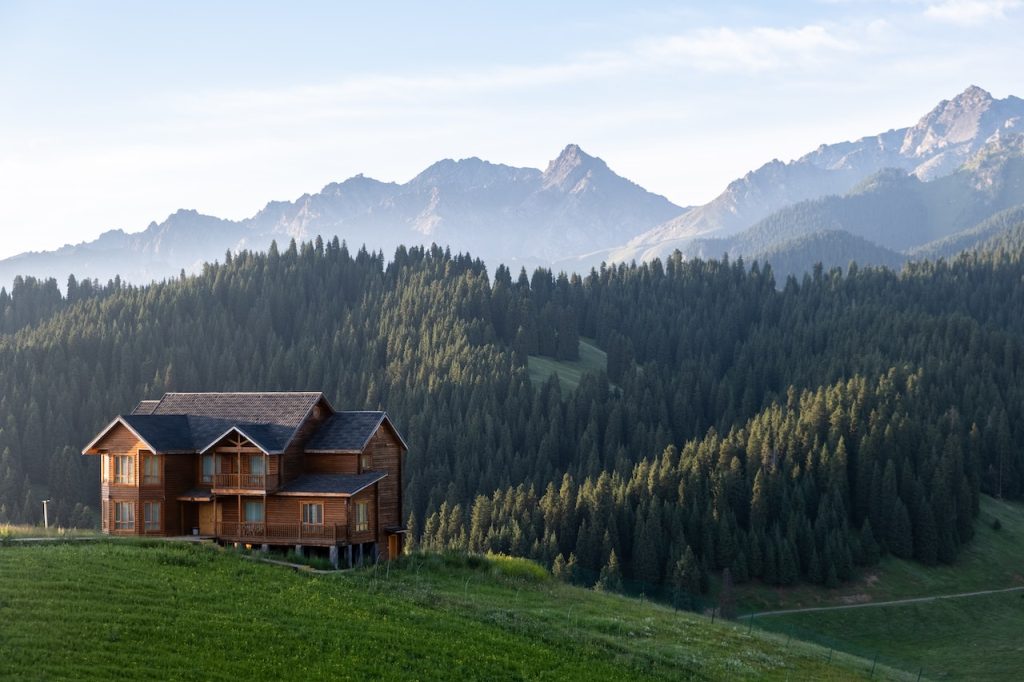# Eco-Friendly Landscaping: Designing a Garden That Benefits the Earth
Imagine stepping out your door into a vibrant, thriving sanctuary where the air is fresh and every corner is teeming with life. Just last summer, I transformed a barren patch of land into a lush garden bursting with color, harmony, and sustainability. The journey was filled with trial and error, but the end result—a flourishing ecosystem—was an experience worth celebrating. So, what’s the secret sauce to crafting an eco-friendly landscape? Let’s dive into the world of sustainable gardening that benefits not just our personal space, but the earth as a whole.
## Understanding Eco-Friendly Landscaping
Eco-friendly landscaping goes beyond aesthetics; it’s about creating a balance between your home and nature. This approach incorporates natural elements, facilitates biodiversity, and minimizes environmental impact. By thoughtfully selecting plants and using eco-conscious practices, you can establish a thriving garden that works in harmony with the planet. Ultimately, it’s about designing a space that supports wildlife, reduces waste, and conserves resources—all while remaining a feast for the eyes.
## Starting with Soil Health
Healthy soil is the backbone of any successful garden. It not only supports plant life but also acts as a crucial filtering system for rainwater and a home for countless microorganisms.
### Composting: The Golden Nugget
One of the best practices for enhancing soil health is composting. This natural process involves recycling organic waste—think kitchen scraps, yard clippings, and even shredded newspaper—into nutrient-rich compost. By creating your own compost, you reduce waste sent to landfills while enriching the soil with beneficial nutrients. Plus, there’s something gratifying about making your own “black gold.”
### Pro Tips for Composting:
– **Balance Green and Brown Materials**: Ensure a mix of nitrogen-rich “green” materials (like vegetable scraps) and carbon-rich “brown” materials (like dried leaves).
– **Aerate Regularly**: Turn your compost every few weeks to introduce oxygen and speed up decomposition.
– **Moisture is Key**: Keep your compost damp but not soggy.
## Choosing Native Plants
Native plants are superheroes of the gardening world. Adapted to local climates and soil conditions, they require less water, fertilizer, and pesticides compared to non-native species. This selectivity not only promotes better growth but also attracts local wildlife, such as pollinators and birds.
### The Power of Pollinators
Incorporating plants that attract bees, butterflies, and hummingbirds creates a vibrant ecosystem alongside your garden. Consider including native flowers like coneflowers, bee balm, and milkweed, which are all excellent choices for supporting pollinators.
### Pro Tips for Plant Selection:
– **Research Local Flora**: Check with your local extension service or native plant societies to find species native to your region.
– **Mix it Up**: Aim for diverse plantings to provide habitats for a variety of species.
– **Cooperative Planting**: Design plant combinations that can benefit each other. For instance, planting marigolds can deter certain pests while attracting beneficial insects.
## Water Conservation Techniques
Water is a precious resource, and eco-friendly landscaping practices should acknowledge that. By utilizing innovative irrigation methods, you can save water while keeping your garden flourishing.
### Rainwater Harvesting
Consider installing a rain barrel to capture rainfall from your roof. This simple solution allows you to irrigate your garden sustainably. Rainwater is naturally soft and nutrient-rich, making it ideal for plant growth.
### Mulching
Using organic materials like straw, wood chips, or grass clippings as mulch can help retain moisture in the soil while suppressing weeds. Mulching also contributes to soil health as the materials decompose over time.
### Pro Tips for Water Management:
– **Drip Irrigation**: Invest in a drip irrigation system to deliver water directly to the plant roots, minimizing evaporation.
– **Water Early or Late**: Water your garden in the early morning or late afternoon to reduce evaporation losses.
– **Observe and Adapt**: Monitor how much rain your area receives and adjust your watering schedule accordingly.
## Creating Habitats for Wildlife
An eco-friendly landscape is a welcoming refuge for wildlife. By incorporating elements that support biodiversity, you create a thriving ecosystem.
### Build Birdhouses and Bee Hotels
Provide nesting space for birds and beneficial insects by building birdhouses or bee hotels. These simple structures can be made from reclaimed materials and will contribute to your garden’s overall health.
### Create a Pond
A small pond or water feature not only adds beauty to your garden but also attracts frogs, dragonflies, and other aquatic creatures. If space and budget allow, consider creating a natural pond that can support a variety of wildlife.
### Pro Tips for Attracting Wildlife:
– **Avoid Chemicals**: Resist the urge to use pesticides and herbicides; they can harm beneficial insects and wildlife.
– **Plant for Diversity**: A variety of plants provides food and shelter for different species, extending the habitat’s appeal.
– **Leave Some Areas Wild**: Allow parts of your garden to grow wild, providing shelter for smaller animals and insects.
## Sustainable Hardscaping
Hardscaping refers to the non-plant elements of your landscape, such as pathways, patios, and retaining walls. Making sustainable choices in hardscaping ensures your outdoor space is practical without harming the environment.
### Materials Matter
Choose sustainable or recycled materials for any hardscaping projects. Reclaimed wood, permeable pavers, and natural stone can reduce your carbon footprint while giving your garden a rustic charm.
### Designing for Drainage
Ensure your hardscaping incorporates proper drainage to prevent erosion and manage rainwater runoff. A well-designed landscape directs water effectively, nourishing your plants instead of overwhelming them.
### Pro Tips for Sustainable Hardscaping:
– **Utilize Local Resources**: Source materials locally to reduce transportation emissions.
– **Design for Functionality**: Create pathways and patios that invite use while allowing for plant growth and water infiltration.
– **Incorporate Natural Elements**: Stone walls and wooden benches can blend harmoniously with the garden while providing structure.
## Seasonal Cycle: Embracing Natural Rhythms
Understanding the seasonal cycles can enhance your garden’s resilience and productivity. Embrace local seasons by planting crops and flowers that thrive during specific times of the year.
### Crop Rotation
If you’re engaging in vegetable gardening, rotate crops each season to maintain soil health and prevent pest build-up. This practice can lead to a more productive garden with abundant yields.
### Planting Perennials
Integrating perennial plants into your garden will provide beauty year after year without requiring replanting. They stabilize the soil with their roots and often require less water than annuals after establishment.
### Pro Tips for Seasonal Gardening:
– **Learn Your Frost Dates**: Understand local growing seasons to plant and harvest at the right time.
– **Plan for Seasonal Interest**: Choose plants that bloom at different times to ensure your garden is always vibrant, even during off-seasons.
– **Maintain a Garden Journal**: Keep track of what works well and what doesn’t each season, allowing for improvement over time.
## Conclusion: A Gift to Yourself and the Earth
Designing an eco-friendly landscape isn’t just about beautifying your space; it’s an act of kindness towards the earth. By applying sustainable practices—whether it’s nurturing soil health, choosing native plants, conserving water, or creating wildlife habitats—you’ll be contributing positively to the environment.
Every garden tells a story; yours can be one of resilience, harmony, and eco-conscious living. As you cultivate your plot, remember that you’re not just gardening for yourself, but for the planet and generations to come. So grab your tools, roll up your sleeves, and get ready to make the world a greener place—one garden at a time.
### Final Pro Tips:
– Engage with your community through local garden clubs or workshops to share knowledge and resources.
– Consider incorporating vertical gardening techniques to maximize space and plant variety.
– Most importantly, have fun! Gardening should be a joyful experience that reconnects you with nature.
—
With this journey toward crafting a sustainable garden, not only are you enriching your environment, but you’re also nurturing your soul. Let the adventure begin!



